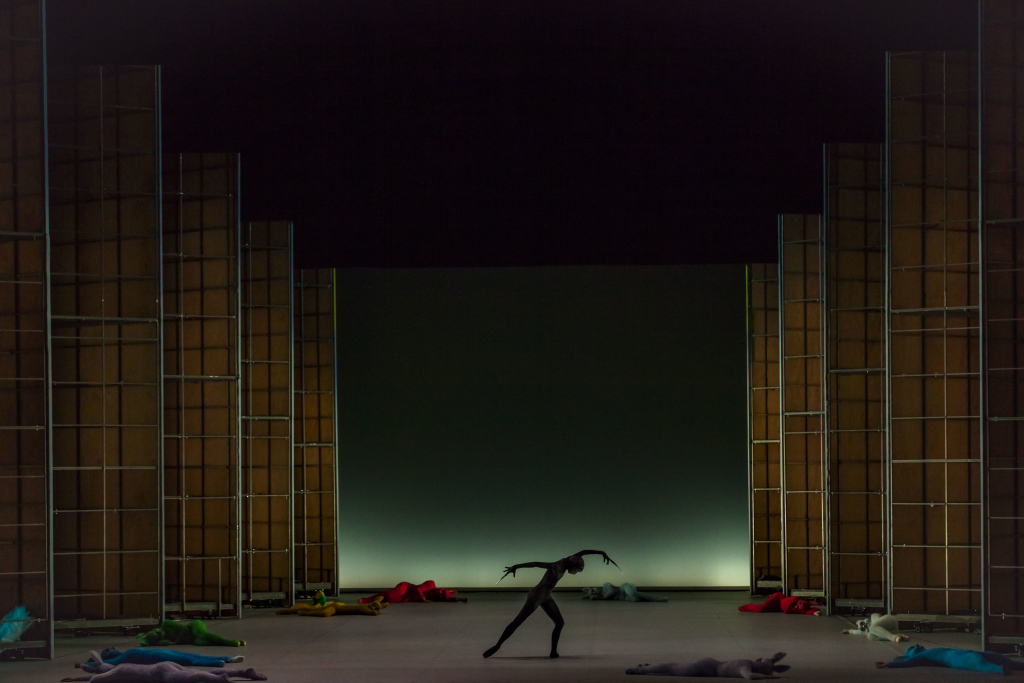THE COLORS OF PATRICK KINMONTH AND THE TENETS OF CREATIVE VOCATION IN MODERN SOCIETY
Project by Niccolò Lapo Latini
PATRICK KINMONTH, Vienna, 3rd July 2024 // At Vienna Philharmonic // Designing the ballet costumes for the 2025 New Year’s Concert conducted by Riccardo Muti
If creativity is truly a vocation—a heavenly gift, innate and perfect—then Lady Luck has certainly looked at Patrick Kinmonth several times, bestowing upon him a bounty of talents as vast as the numerous artistic disciplines in which he excels. His achievements have marked not just one, but multiple professional careers. Creation knows no bounds; it has no limits. Kinmonth is one of the brightest exemplars of this concept. As a theatre director, costume designer, set and interior designer, fashion editor, and writer, he has left his mark on prestigious institutions such as the Royal Opera House in London, La Scala in Milan, and the Salzburg Festival, as well as on British and American Vogue. He reveals, “Nobility perhaps lies in making the unbuildable buildable,” and if this is true, his path—unimaginable for most—is undoubtedly of royal blood.
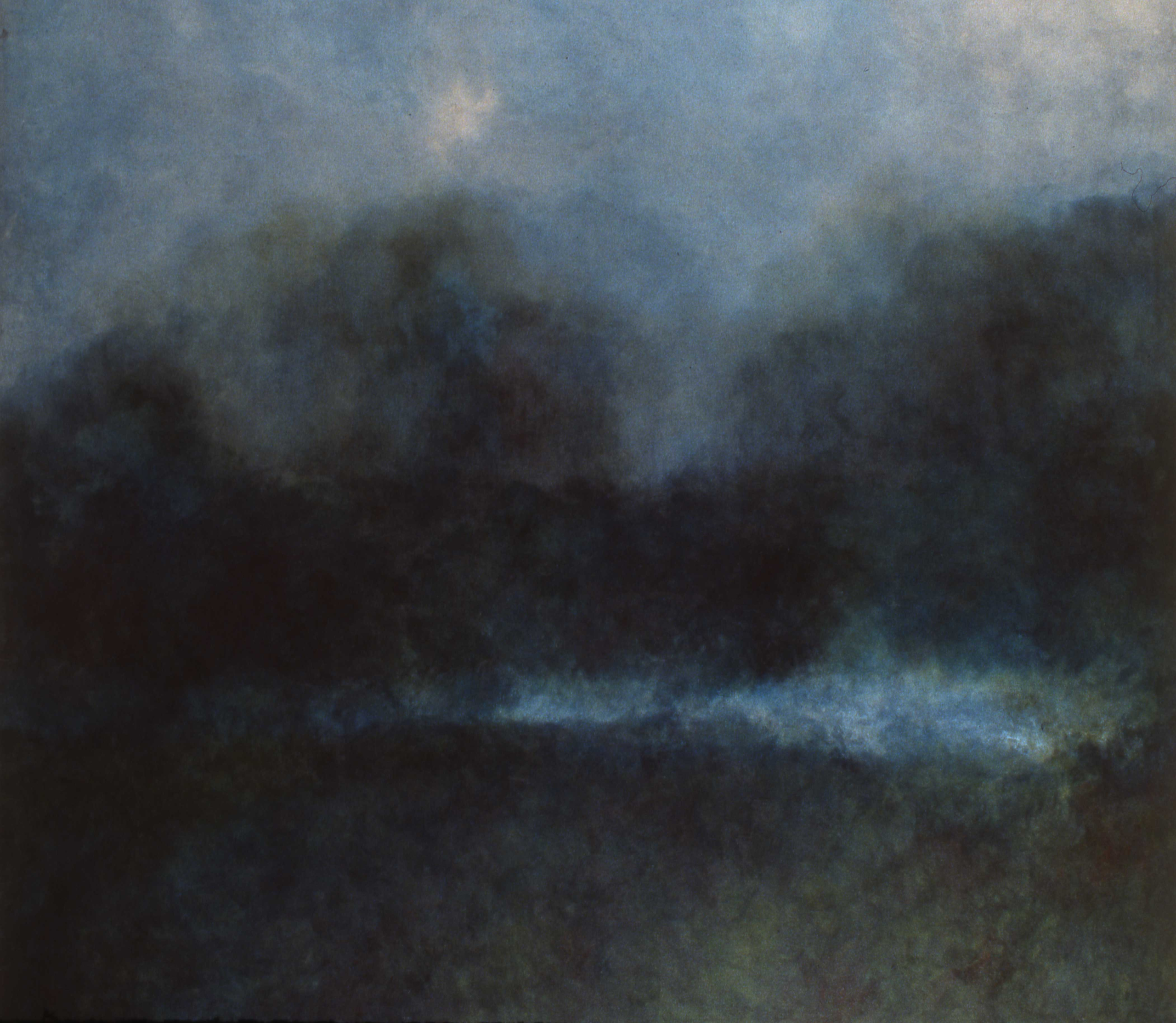
Patrick Kinmonth – Neva 1994.
This dialogue will revolve around the word “creativity.” A round word, with no beginning, no end; a concept with no boundaries or belonging. It chooses its bearer; it allows itself to be embraced by its custodian. The diversity of your projects is clear proof of this. Your many faces and shades color the roles you play in the world of performing, visual, and figurative arts, giving a touch of refined competence, style, and naturalness. Do you think it’s fair to talk about a vocation, or, to use sacred language, a “calling”?
Like all artists, in your personal life and through your projection in contemporary society, you must go through an evolution marked by different crucial moments. First and foremost, I have always known I was an artist. Although many people treat being an artist almost as if it were a jury recognition, an honor that you must earn, a status conferred by others, it’s not like that. Simply, artists are born. When I first felt I was an artist, I was far too young for anyone else to decree it, but I felt it strongly within me. So, the first cycle is definitely an act of self awareness. You have to be honest, determined, and embrace that quality of your soul, in a sense consecrating your life to this purpose. After all, understanding, reasoning, intuition, and sensitivity are all capacities inherent in humans, natural and innate. Then, surely, at the opposite pole, there is a much more delicate and uncomfortable second cycle, which no longer concerns just you but you in relation to the society in which you live. Artists, since ancient times, have always been considered dangerous figures by politics, the media, and those who hold power. Often feared because they are subversive, without filters or barriers, difficult to contain and control. One of my points of reference in this unstoppable, multidisciplinary, and eclectic existence has been Joseph Beuys. Thanks to him, I truly understood the connection between man and nature, which, with its infinite aspects, represents the core of existence.
.
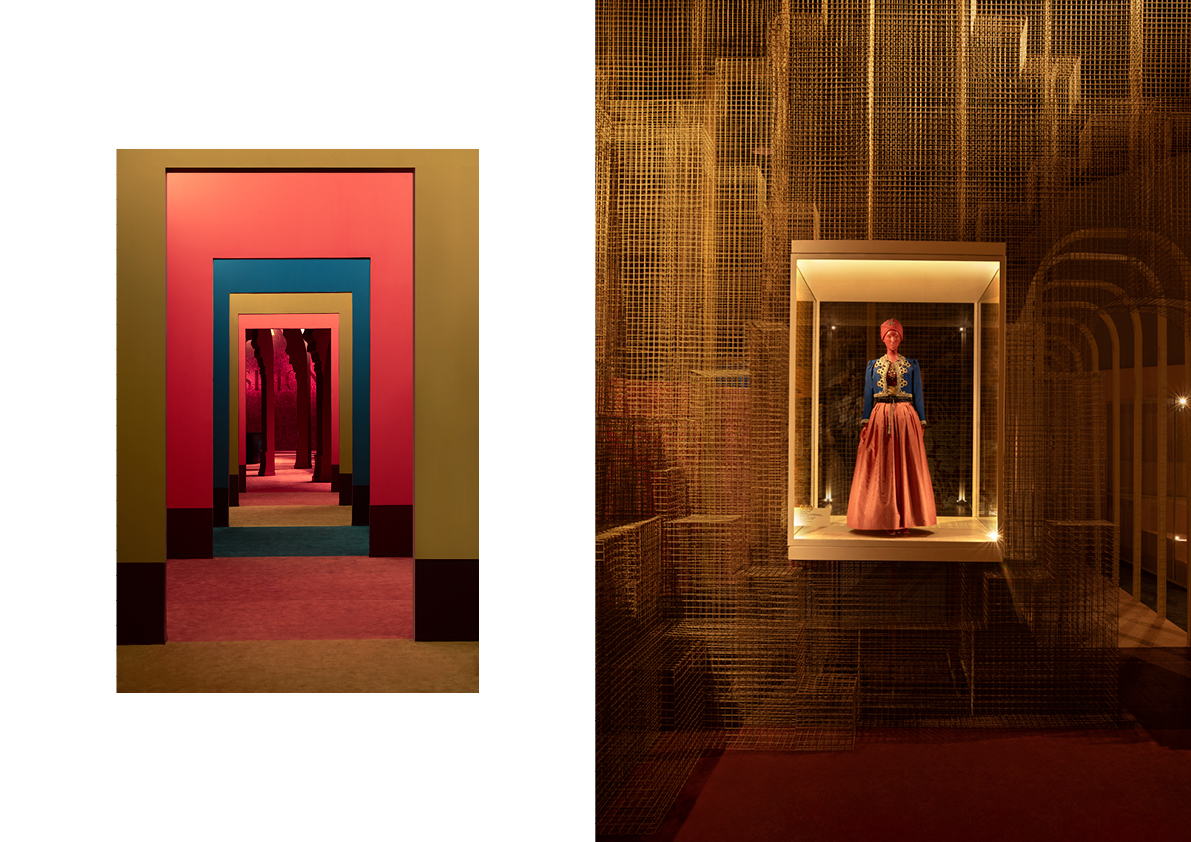
“India in Fashion’ at the Nita Mukesh Ambani Cultural Centre, India.
Often, the industry tries to suppress this virtue and its components: the ability to choose multiple paths, the spontaneity to be carried away by one’s instincts, free will, and true freedom of expression. A child or a young person, by nature, is not inclined to create a bond with a single concept but to experiment, to mature and understand. Otherwise, there would be no process of conscious selection.
Exactly, it is always external forces that push us into a corner, not us. To cite again naturalness, being natural: this is the very essence of art, spontaneity, the freedom to express what we truly feel, the freedom to seek out what we are genuinely attracted to. People just want to label you, to silence you in a box, and put you high on the shelf with a tag to identify you, recognize you, and anticipate your moves.
So, what is creativity?
It is something that is given to us, like blue eyes. It is an innate ability. Creativity gives you the chance and the potential to do something great in your life, but being able to do something and actually doing it are two very different things. To manage your potential and turn your ambitions into reality, innate talents are not enough; intelligence, attention, experience, and skill are needed. True talent arises from the union of innate abilities and rational skills. How you take advantage of your abilities and what you do with them, that is what truly matters. The combination of nature and nurture: one comes from within, and the other is captured from outside. You must transform sound into music.
How much does nurture influence this evolution? And especially when thinking about the growth of an individual not only as an artist but as a person, how much is nurture induced, unconscious, and how much is the result of our choice, therefore conscious?
Nurture is essential, the trunk of the tree that gives the final shape to who we are and who we will become. Everything has its specific relevance depending on the stages of life: our family of origin, our friendships and acquaintances, random or sought-after encounters. We cannot control our childhood, but as we grow into adults, we can gradually start making decisions for ourselves and nourish ourselves with what we deem valuable for our development as individuals and artists. Let’s take music as an example: without Gluck, there wouldn’t have been Mozart; without Beethoven, there wouldn’t have been Wagner. If you have enough sensitivity to understand the importance of the work of these people, you have the right to elevate yourself—or at least try—on their shoulders, making use of their teachings and giving a boost to the genealogical tree of art with your authentic and innovative touch, which someone else will then pick up and develop over time. But beware, sometimes evolution does not necessarily mean moving forward, but wisely and responsibly deciding to take steps back and return to simplicity. An artist who decides to live a simple life and connect their art to sustainability, for example, a return to the essentials. This would be a truly significant and courageous gesture, worthy of absolute consideration given the troubling turn the world is taking, inhabited by greedy men who care not for what is truly our home, nature.
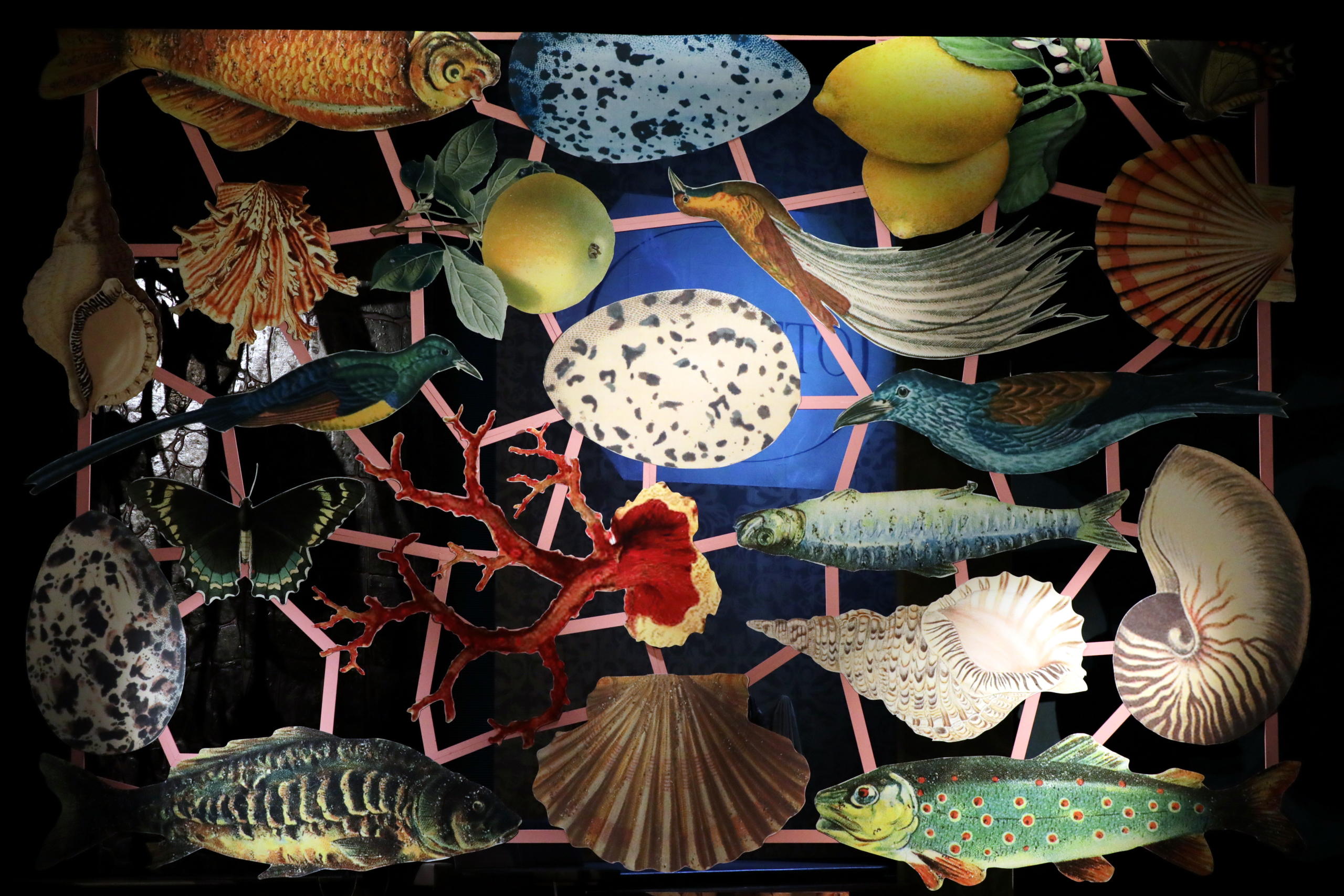
Photo by Brescia & Amisano at Teatro alla Scala.
Does the concept of nobility still exist in today’s art? Where does a common denominator of absolute quality reside?
Nobility is linked to morality and the philosophical world. Until recently, I would have mentioned something related to the transition from the impossible to the possible, the unbuildable too easily built, thus any form of art intertwined with innovation itself, with development, the one that opens doors to new conception and technique. However, thinking about architecture, today projects are realized thanks to the acceleration of calculations and shapes in programs that use advanced technologies or artificial intelligence. Take Zaha Hadid as an example: just to imagine and design one of her structures would have taken years of study and complex calculations until recently; today, it can be completed in a few months. This has certainly made the nobility and the value of the work debatable. Nobility and morality have never been tied to recent technological innovations. These have not discovered alternative paths and the related notions but have extremely simplified the existing ones, making the task of the human being easier—and there is a big difference. They have made the unbuildable way easily buildable. To find nobility, we should go back to the Babylonians and Pythagoras, to the idea of proportion, to the Fibonacci sequence which is linked to classicism and nature, or to Hippasus of Metapontum and the Golden Ratio. These are the fruits of pure study and not technological inventions that replace human ability. Not to mention the architecture of the golden age of Italian architecture in the 16th century and the Greco-Roman heritage. I am not interested in theatricality without substance, in the “wow” factor. I am enchanted rather by how light falls on the wall and the way it interacts with people in the room. We do not need artificiality, only poetry.
The Renaissance was consecrated as a golden age for many art forms, such as theater, painting, and a new resplendent return of architecture as mentioned earlier, heralded already in the sixteenth century by the Spanish Siglo de Oro. Today, what are the dominant arts that embody a strong and recognizable connection with the viewing and consuming public? Furthermore, what kind of audience does the contemporary artist face?
Today, the audience is very sophisticated and well-educated in observing, at least superficially. Quick to see, quick to understand, but at the same time quick to move on, they do not linger to delve deeper. They capture the information, losing the essence. Fashion, certainly for years now, has been a sector of attraction that draws interest and creates a connection, but unfortunately, it experiences a surplus of production and consequently a surplus of communication that is becoming complex, difficult to manage. This has undoubtedly helped to expand the market and the audience over the years, to make the aesthetics and features of the industry appreciated, but now the mechanism is boomeranging back. It has certainly been a double-edged sword. Especially the collaborations that brands continue to promote with artists: beautiful to see, but they follow the rhythms and canons of the advertising sector—because that’s where modern fashion operates today—risking inhibiting the artist’s intent and the true purpose of the project, making even the collaboration itself a product.
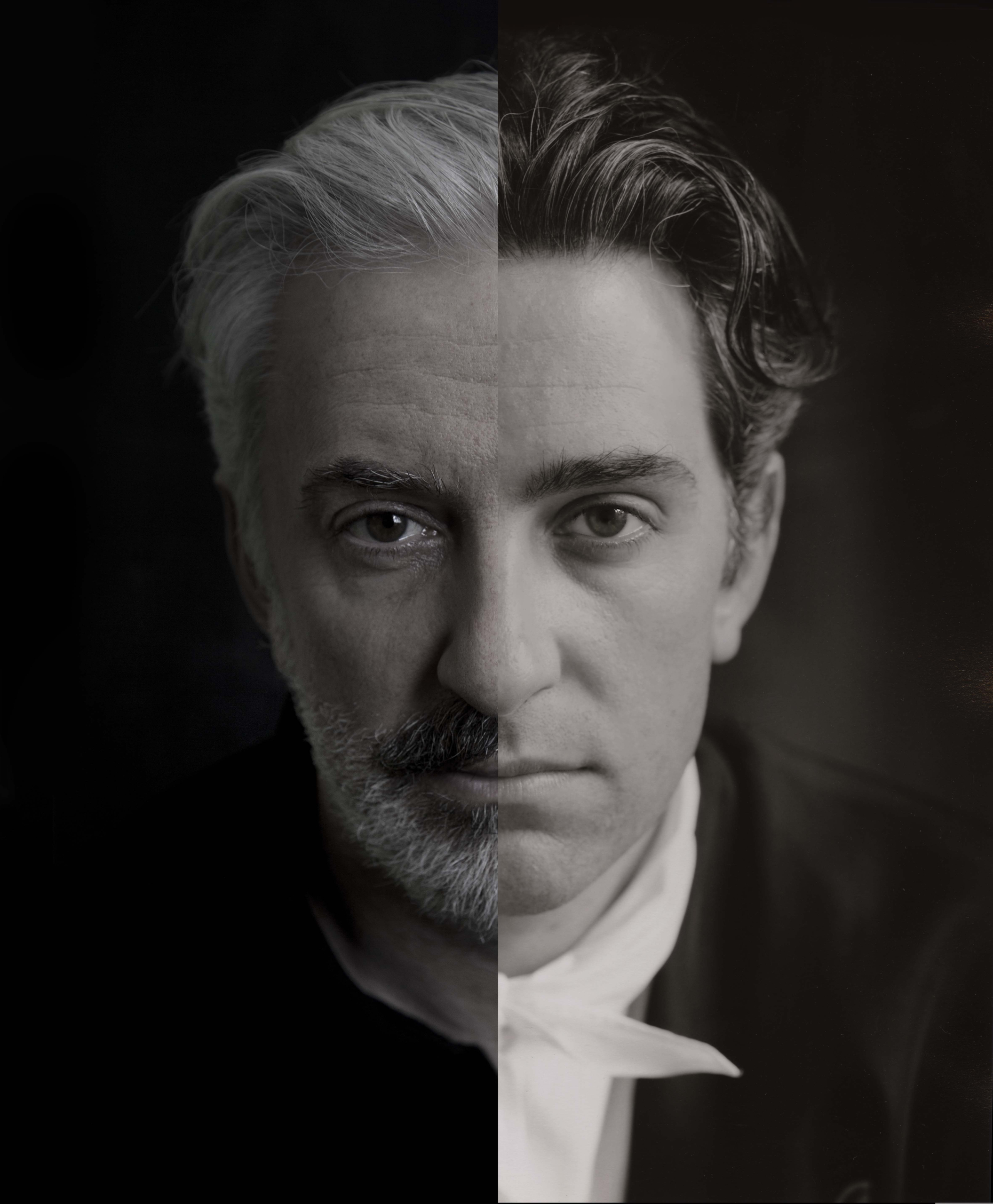
Portrait by Tessa Traeger.
“There is no word today more obscene and unhealthy than creativity. The only reality that can be ascertained is quality. With the word creativity, nothing is produced.” — Enzo Mari What’s your comment on this?
I obviously disagree, and the statement astonishes me. To say that creativity is obscene seems completely exaggerated. Just as a swimmer needs water to swim, I need creativity to operate. I draw on all my sensitivity, optimism, passion, and romanticism. These elements are my natural environment, my source of inspiration, and without them, I could not express myself fully. And I’m not even sure that quality is simply about doing something well. Having the ability to draw exceptionally well does not automatically make you a great artist; it just means you are very good at drawing. The crucial question is what you draw and, more importantly, why you are drawing it. It is the intention and the meaning behind the work that define its true quality.
“Cancel Culture”: Who is in control today, Patrick? The public, politics, or the media?
Actually, it seems to me that we are in an era where power is distributed in a very fragmented way. The public has enormous influence through social media, while traditional media and politics still try to maintain their grip by controlling narratives, often distorting the reporting of facts or hiding what must remain in the shadows. But it is interesting to note how popular culture, especially concerts and musical events, can have an equally powerful impact on people’s hearts. Just a few days before the elections in the United Kingdom—which seems like a paradox, since it’s hardly united—there were both political demonstrations in the main cities and the fifth Coldplay concert in Glastonbury. The band attracted enormous attention and united tens of thousands of people with simple songs but with true, genuine, and profound messages. These people were united in singing, without distinctions or divisions, while politicians on the other side promised things like lower taxes, which theoretically should be taken more seriously, but often sound empty and meaningless. The simplicity of emotions and direct messages is the hardest thing to achieve, and when it happens, it creates an atmosphere of real magic, and suddenly you forget everything you once thought was important.
